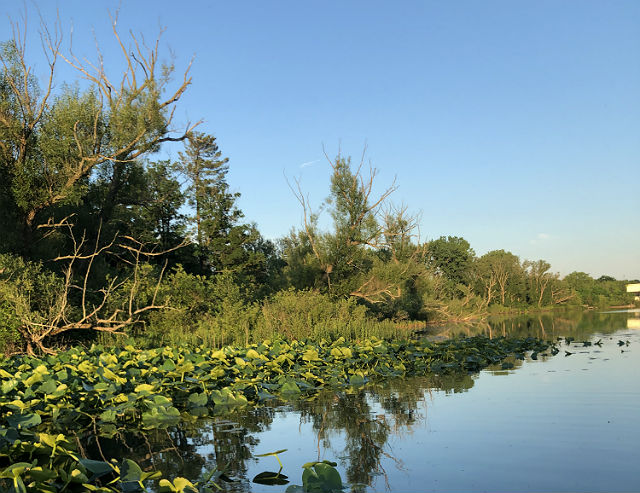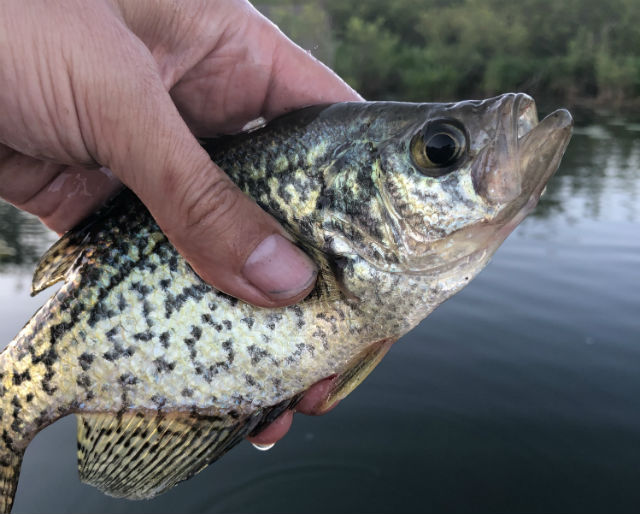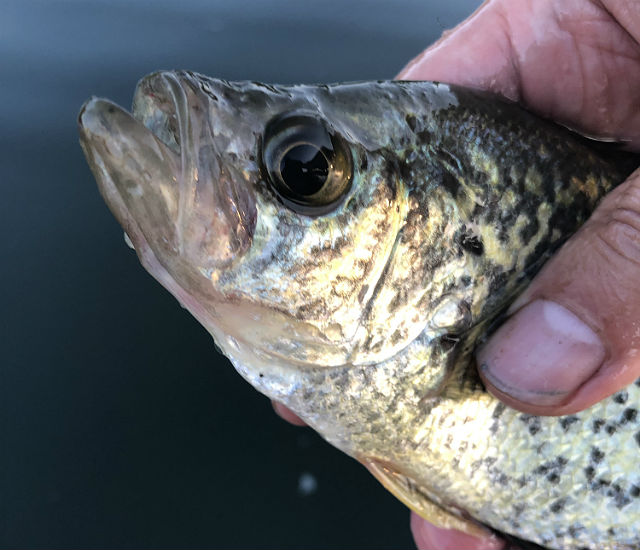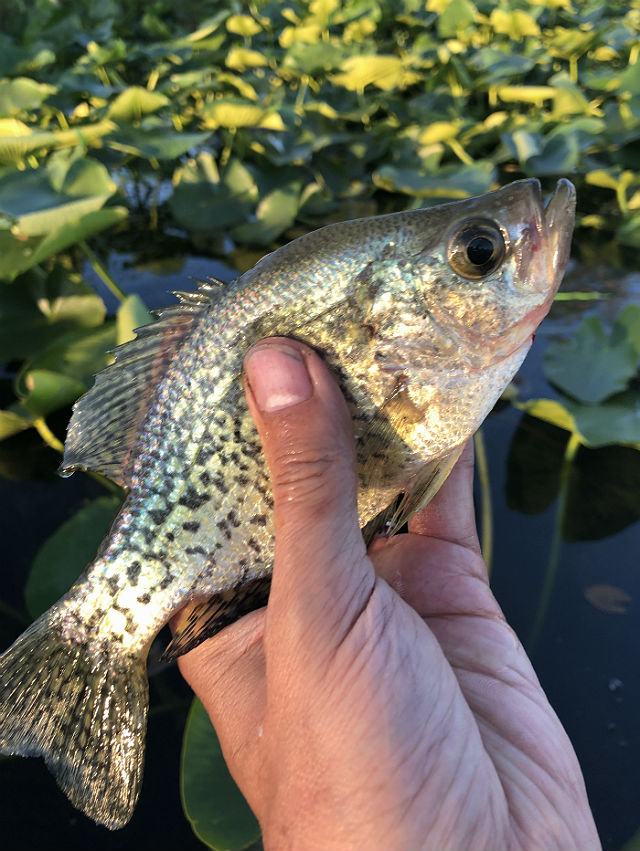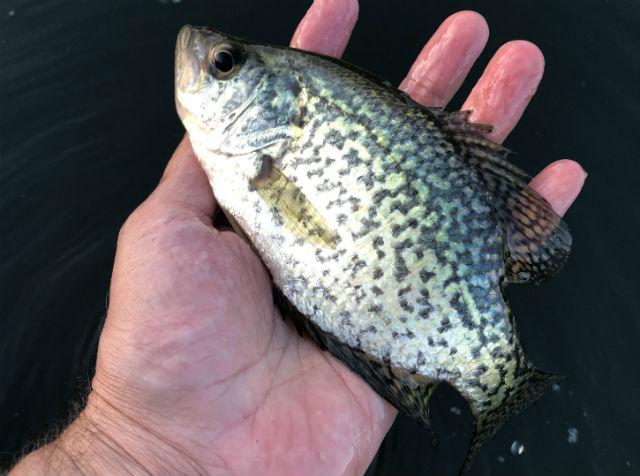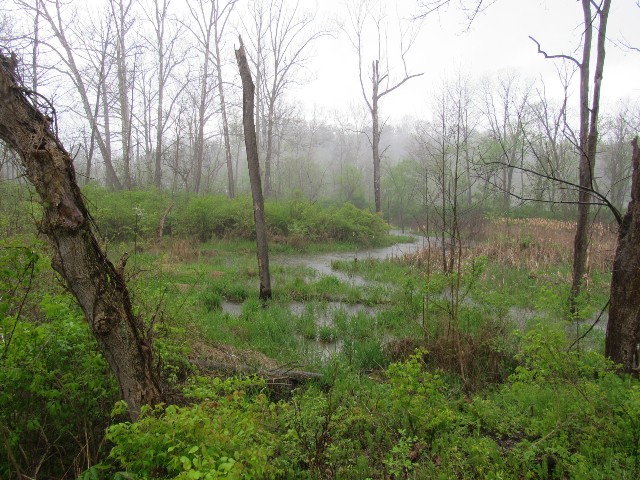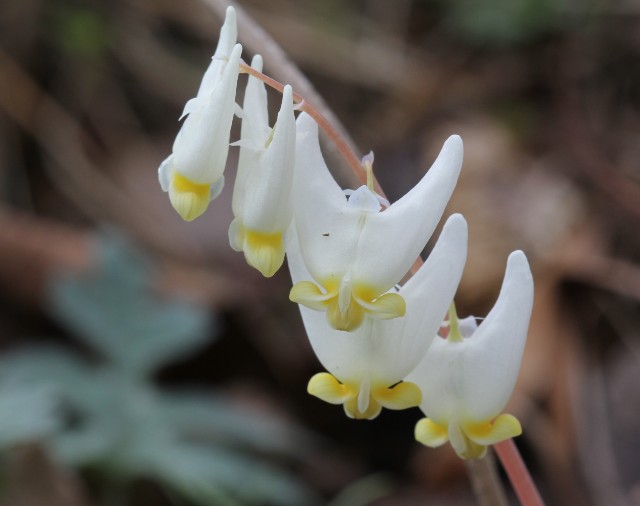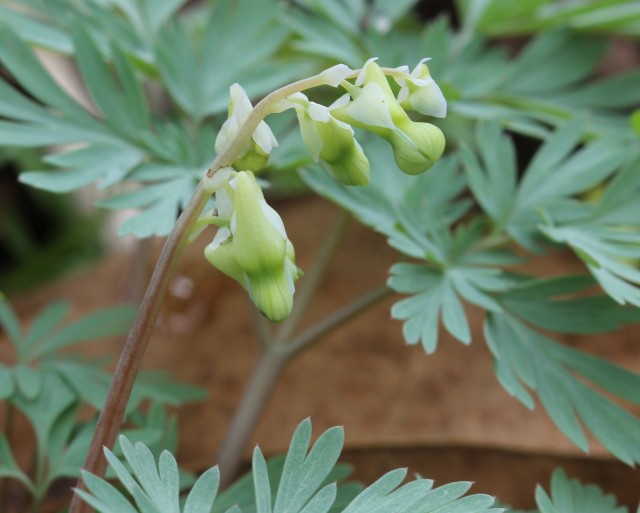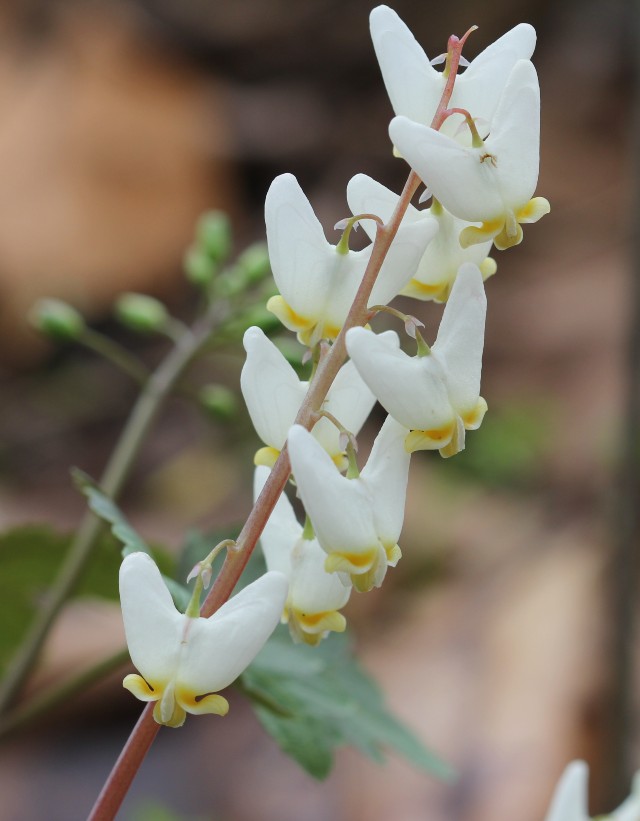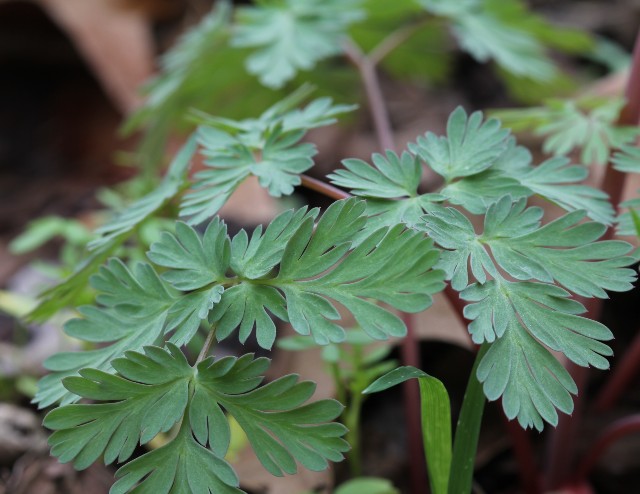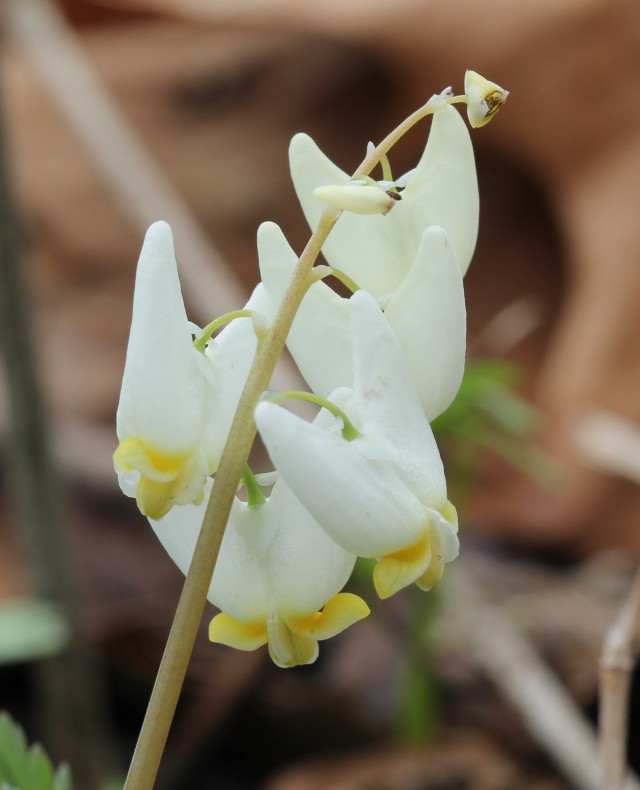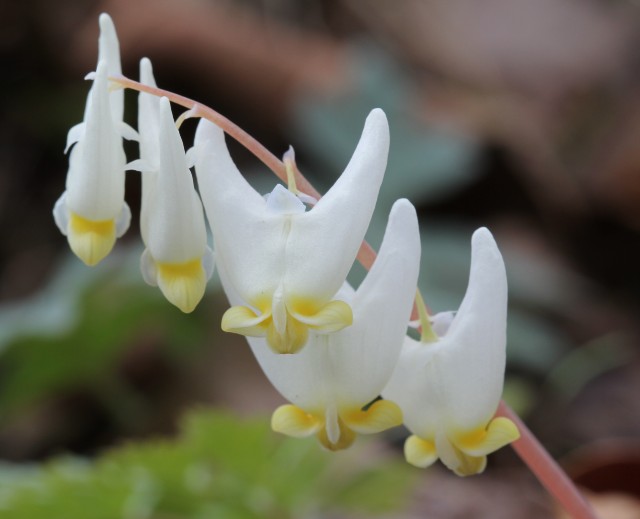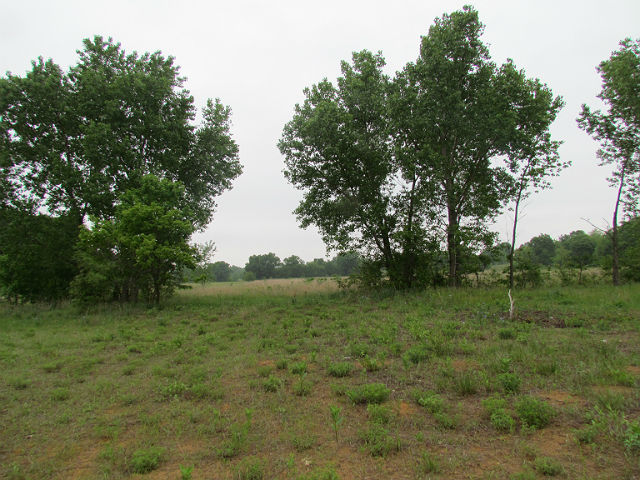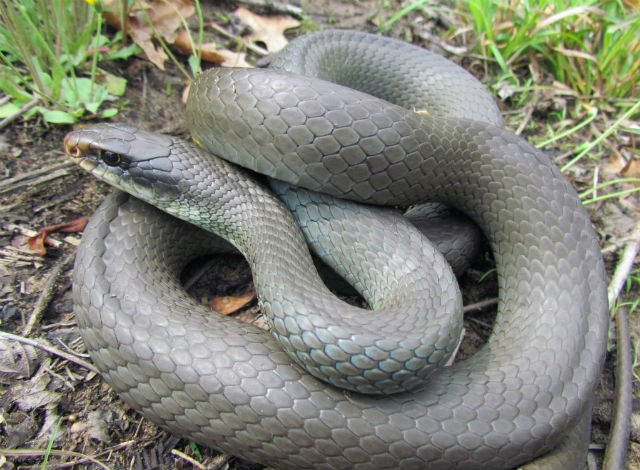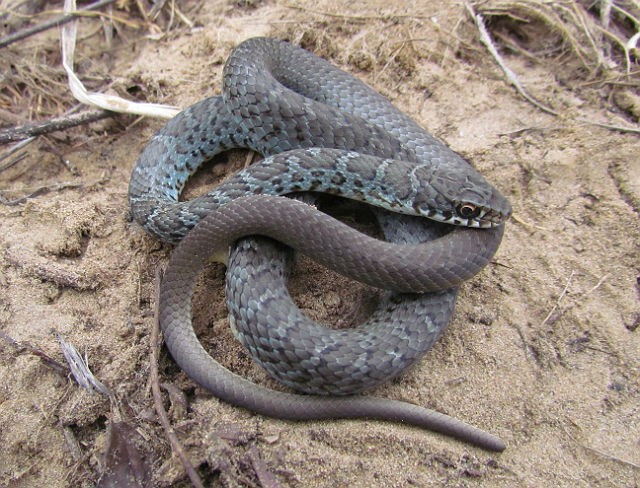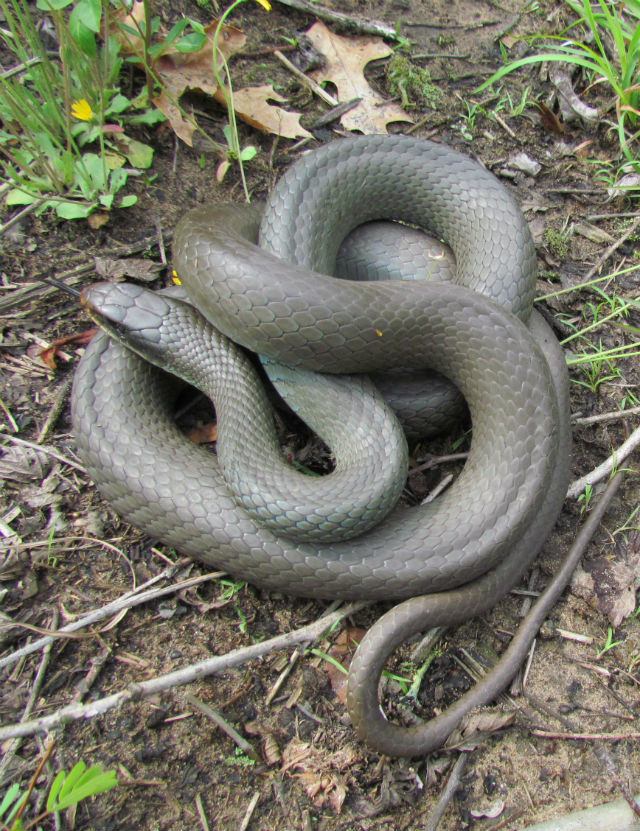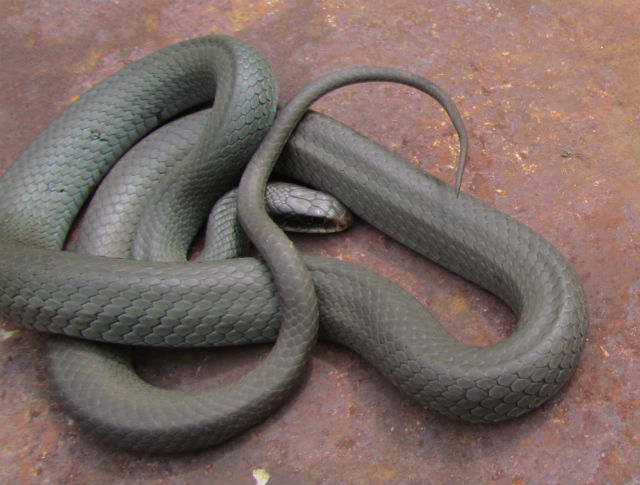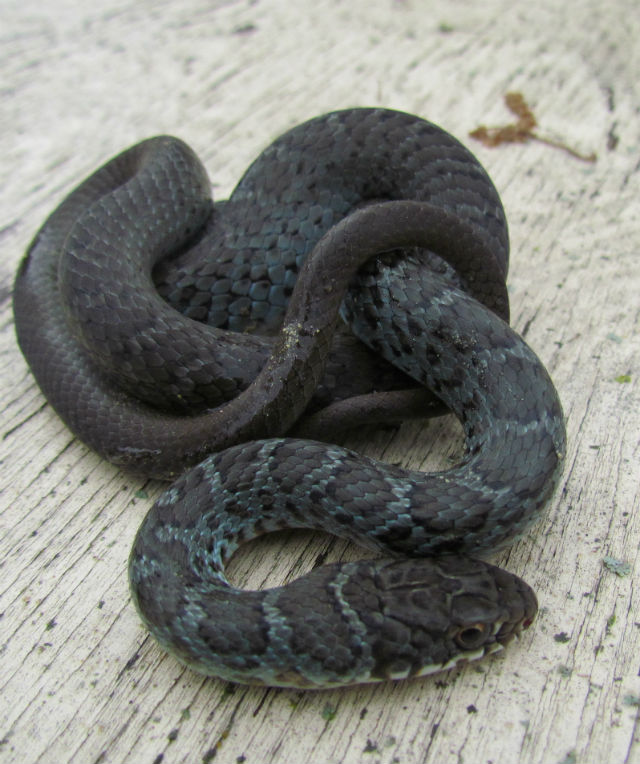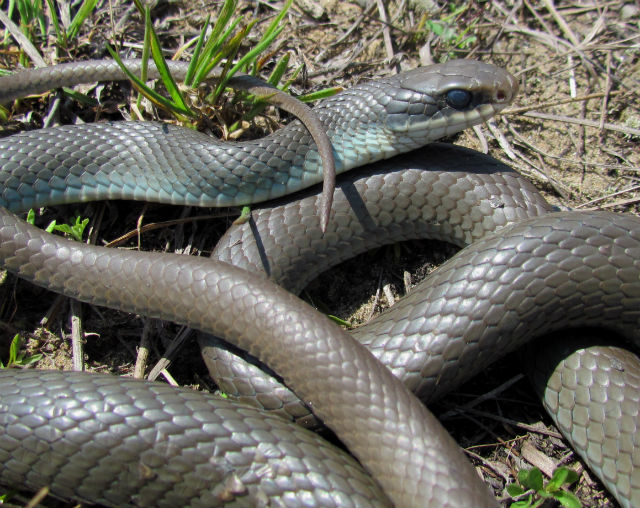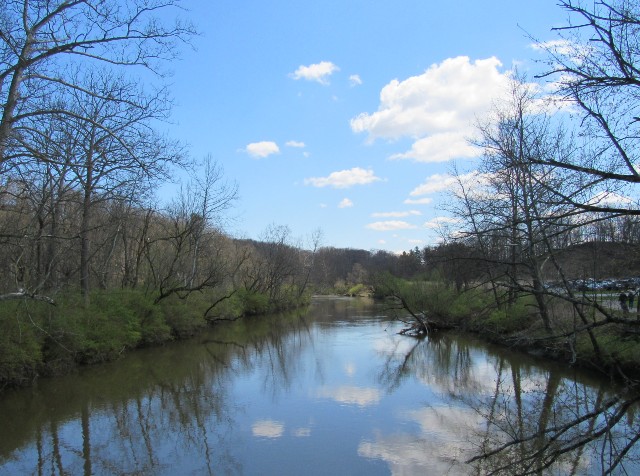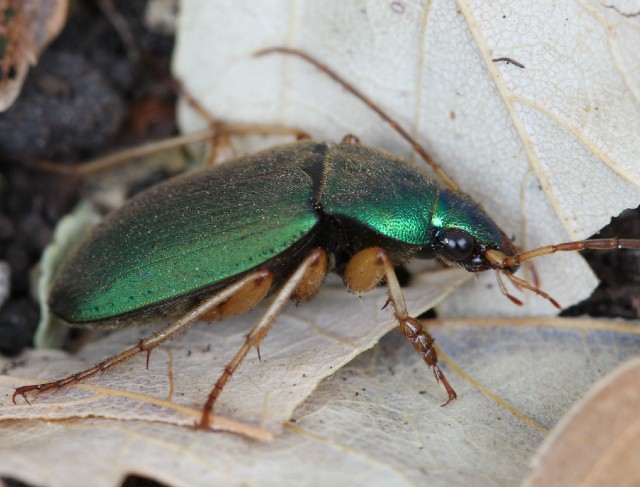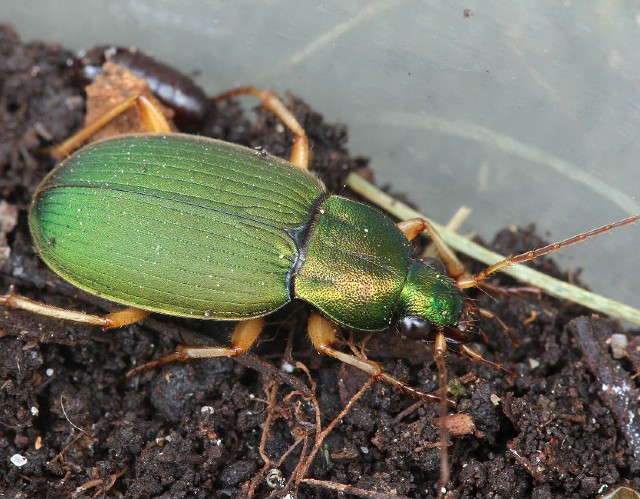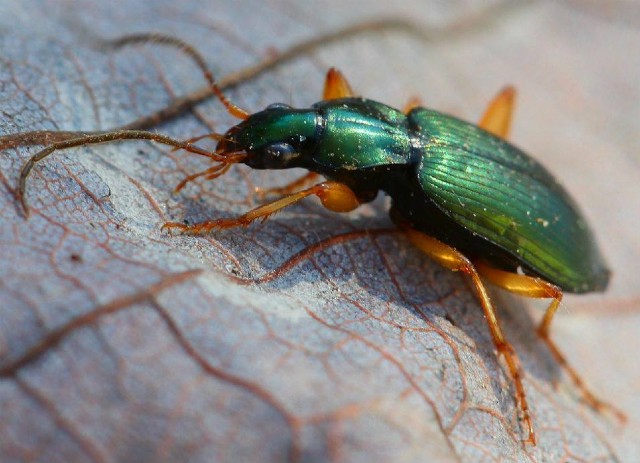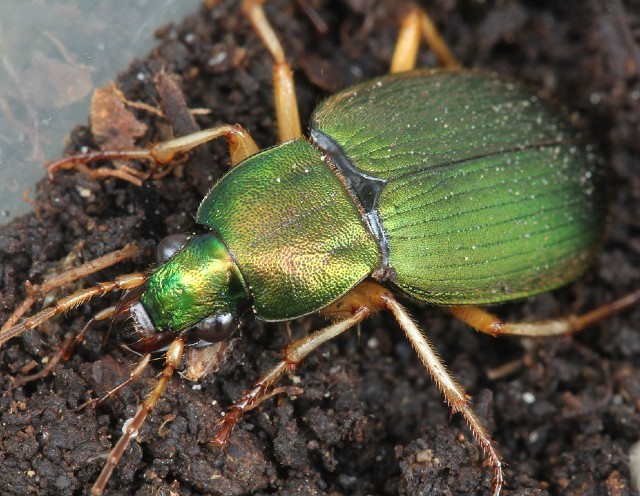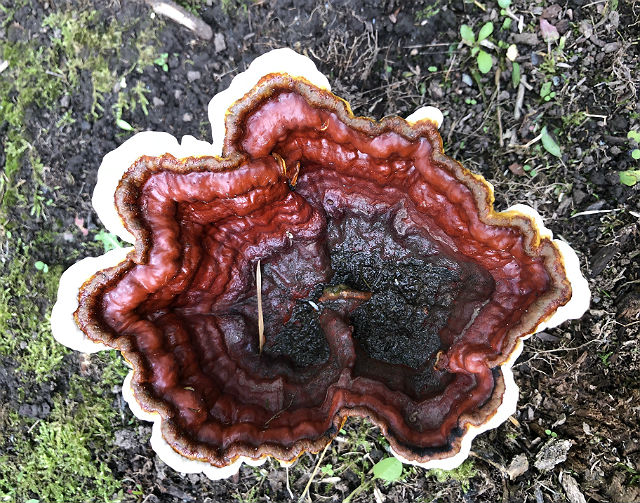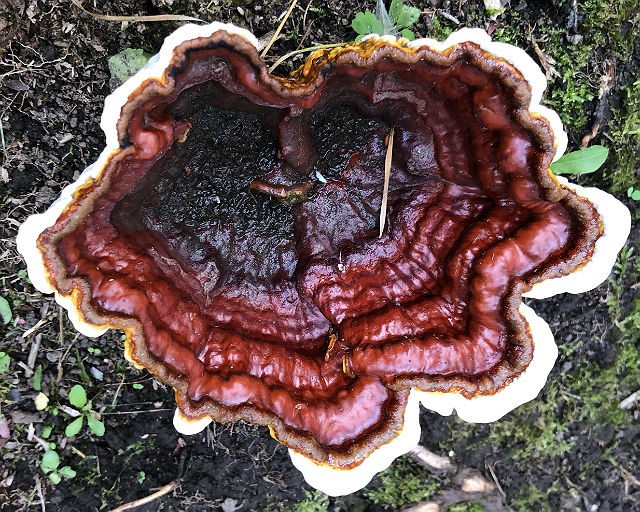This neat freshwater fish is found in lakes, ponds and sloughs. It prefers cover, usually in the form of vegetation, fallen trees or rocks and water that is clear with a sand or mud bottom.
This creature is silvery and has a pattern of mainly irregularly arranged speckles and blotches. It is a deep-bodied and slab-sided with a large mouth.
Young Black Crappie begin life by feeding primarily on zooplankton. Adults mainly feed on small fish, but also consume insects and crustaceans.
Like other members of the sunfish family, Black Crappie are nest builders. Males construct a nest by fanning out small underwater depressions in and around brush, rocks or vegetation at a depth of between one and five feet deep. Females then lay eggs in the nest.
Populations of this fish can be found in each of the 48 contiguous United States. It is a popular game fish and prized as a food source, so its original range has been artificially expanded by stocking lakes, ponds and rivers across the United States.

